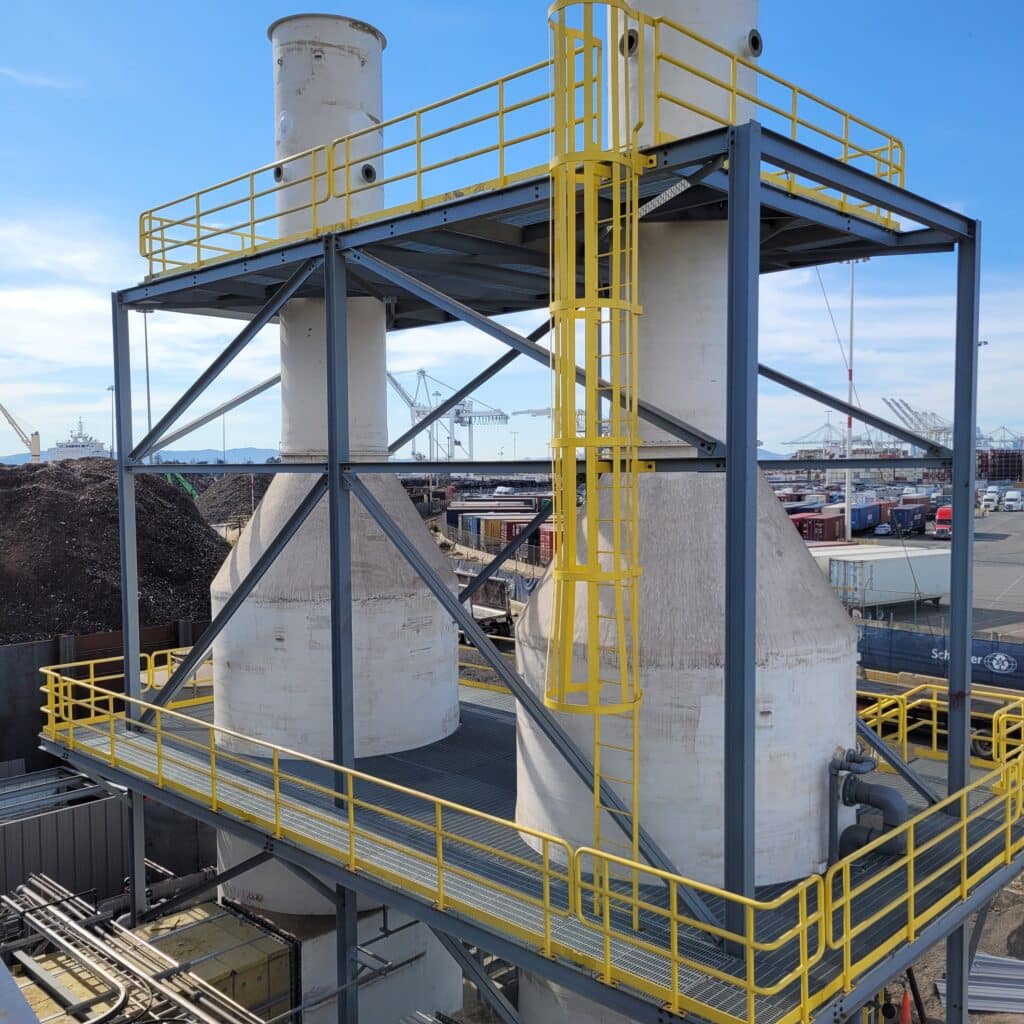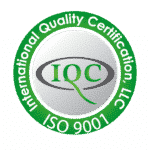Metal recycling facilities with shredders process scrap materials including automobiles and large appliances. Materials are run through a shredder that breaks them into a size suitable for further processing. Recovered scrap metals are sold to end users, such as manufacturers and foundries.
VOC emissions from shredding facilities are regulated under the Clean Air Act. Uncontrolled VOC emission rates vary with the size of the shredder and the scrap materials processed. EPA reports that typical shredding operations emit VOCs at rates between 20 and 200 pounds of VOCs per hour.
Recent Clean Air Act violations have been fined from $900,000 to $4.1 million. In all cases, the shredder operations were required to install emission control trains, which generally include particulate control devices (e.g., a cyclone, venturi scrubber, or fabric filters), regenerative thermal oxidizers for VOCs, and a scrubber to control acid gases (e.g., hydrogen fluoride and hydrogen chloride).
Process Combustion Corporation has installed systems of various sizes to ensure compliance is achieved. Most recently, a dual, Regenerative Thermal Oxidizer (RTO) and Acid Gas Scrubber system was installed to treat 170,000 SCFM of waste emissions from the shredding operation.




